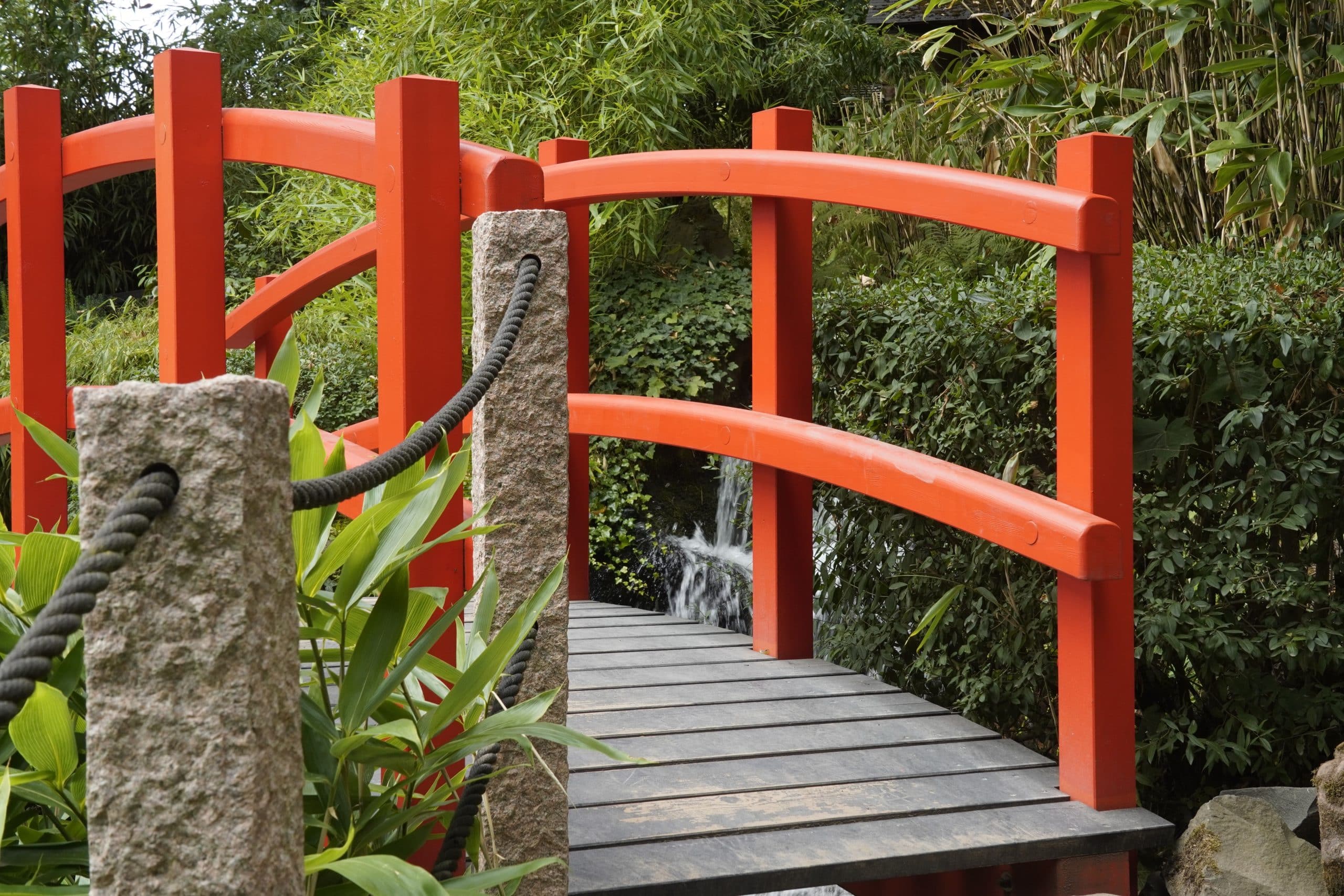How to Help Your Dog Adjust to a New Baby in the Family?

The birth of a baby is a monumental event in the life of a family. But for your four-legged family member, this joyous occasion can bring about a myriad of changes that they might not be equipped to handle. If you’ve been wondering how to help your dog adjust to a new baby in the family, look no further. With attention to training, understanding your dog’s behavior and the right things to teach them, the transition can be smooth for everyone involved.
Invest Time in Training Your Dog Before the Baby’s Arrival
Welcoming a new child into the family is an exciting time, but also one filled with uncertainty. This is particularly true for your canine companion who is faced with new smells, sounds, and routines. The earlier you start training your dog for the arrival of the baby, the better.
A lire également : How to Teach an Australian Shepherd to Herd Without Livestock?
Before your baby arrives, take the time to refresh obedience training with your dog. This will help to keep their behavior in check when the baby comes. Teach commands like ‘sit’, ‘stay’, ‘leave it’, and ‘go to your place’. These commands are useful in situations where your dog needs to be under control, especially around the baby.
It might also be helpful to simulate baby scenarios by walking around with a doll, operating baby swings, or playing baby sounds. This will gradually help familiarize your dog with the upcoming changes and reduce their anxiety.
Lire également : What’s the Ideal Way to Hydrate a Pet Rabbit During Hot Weather?
Remember to reward good behavior with treats. Positive reinforcement will encourage your dog to repeat the desired behavior. But be careful not to overdo it with the treats, as you don’t want to encourage a dependency.
Understand Your Dog’s Behavior and Pay Attention to Signs of Stress
Understanding your dog’s behavior goes a long way in facilitating a smooth transition. Dogs communicate their feelings mainly through body language. Therefore, it’s crucial to understand and pay close attention to any changes.
Your dog may show signs of stress or anxiety, such as excessive barking, chewing on furniture, or other destructive behavior. They may also become more clingy and seek more attention than usual.
If you notice your dog displaying these behaviors, it’s important to address them immediately. Seek the help of a professional dog trainer or a behaviorist if need be. They can provide personalized strategies to alleviate your dog’s stress and help them adjust to the new family dynamic.
Establish Boundaries and Teach Your Dog to Respect Them
One of the first things you need to teach your dog is to respect the baby’s personal space. Dogs are naturally curious and may want to sniff, lick, or paw at the baby. While this is typically harmless, it’s best to establish boundaries early on.
You can start setting boundaries by making the nursery off-limits to your pet. This will allow your baby to have a safe, dog-free zone where they can sleep and play undisturbed. You can use baby gates or closed doors to limit your dog’s access.
Train your dog to understand that they’re not allowed in the nursery without your permission. You should also start training your dog to stay calm in the presence of the baby. Reward calm behavior with praise and treats to reinforce this good behavior.
Involve Your Dog in Family Activities
Involving your dog in family activities can help them feel included and not left out. This can be as simple as letting them sit with you while you’re feeding or rocking the baby.
When you go for walks with your baby, bring your dog along. This not only gives them exercise but also helps strengthen the bond between your dog and the new family member.
However, be mindful not to force interactions between your dog and the baby. It’s important to let your dog approach the baby at their own pace. Forced interactions can cause anxiety and may create negative associations with the baby.
Maintain Consistency in Your Dog’s Routine
Dogs thrive on routine, and any significant changes can create stress. Even amidst the chaos of having a new baby in the family, it’s important to maintain consistency in your dog’s routine as much as possible.
Try to feed, walk, and play with your dog at the same times each day. This will give them a sense of security and help them understand that the baby’s arrival doesn’t mean their needs will be ignored.
Remember, your dog has been a part of your family long before your baby arrived. So, while you’re busy caring for your new child, don’t forget about the needs of your faithful companion. If you can’t give them the attention they’re used to, consider enlisting the help of family, friends, or a professional dog walker.
In conclusion, preparing your dog for the arrival of a new baby requires time, patience, and understanding.
Introduce Your Dog to Baby Items and Scents
Bringing a new baby into the house introduces an array of new items and scents that your dog will need to get used to. To help acclimate your pet to these changes, consider introducing them to baby-related items such as baby seat, crib, stroller, or even diapers weeks before your baby arrives.
Start by allowing your dog to sniff and explore these items. However, make it clear that these things aren’t toys for them to play with. This is another opportunity to reinforce commands like ‘leave it’ or ‘no’.
Another important step is to familiarize your dog with baby smells. You can do this by using baby lotions, powders, and soaps on your own skin or on a baby blanket. Allow your dog to sniff the new scents and reward them for calm behavior. This is an effective way to prepare your dog for the new smells that will be a regular part of their environment once the baby arrives.
Lastly, if possible, bring an item from the hospital that has your baby’s scent on it before bringing your newborn home. This will give your dog a chance to get acquainted with the baby’s smell in a familiar environment, and when your child finally comes home, it won’t be a complete shock to your pup.
Create Positive Associations with the Baby
The key to helping your dog adjust to a new baby in the family is creating positive associations. You want your dog to see the baby as a positive addition to the family, not a threat to their territory or your affection.
One way to do this is by rewarding your dog whenever the baby is present. If your dog behaves calmly when the baby is around, be sure to give them lots of praise and treats. This will help your dog associate the baby’s presence with positive experiences.
In a similar vein, try not to ignore your dog when you’re busy with the baby. Instead, you can give them a chew toy or a puzzle feeder to keep them occupied. This way, they’ll view the baby’s presence as a time when they get special treats.
Also, when your baby is napping, take this opportunity to spend some quality time with your dog. A little playtime or a walk can go a long way in reassuring your pet that they’re still loved and valued.
Conclusion
In essence, preparing your dog for the arrival of a new baby necessitates time, patience, and understanding. It involves making gradual changes, understanding your dog’s behavior, setting boundaries, and creating positive associations with the baby. The goal is to ensure that your dog sees the baby as a positive addition to the family, rather than a threat.
Remember, it’s essential to maintain consistency even amidst the chaos of having a new baby. Keep up with your dog’s daily routines as best as you can and make sure they know they’re still an important part of the family.
While these steps can go a long way towards helping your dog adjust, every dog is unique and may react differently. If you’re struggling with this transition, don’t hesitate to seek professional help. With a little bit of guidance and patience, you, your baby, and your dog can live together harmoniously.
